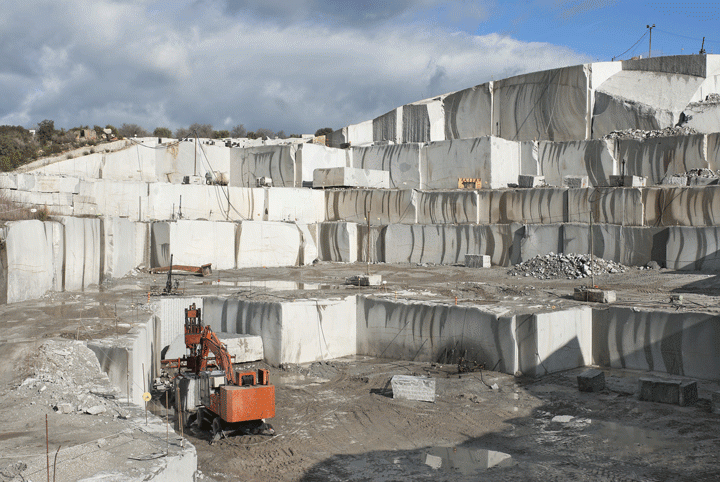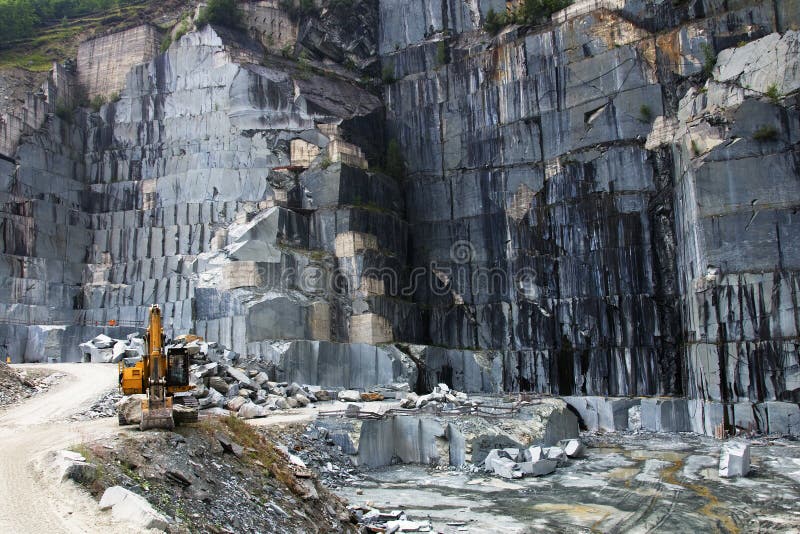Exploring Granite Quarries in South Africa Sector: From Quarry to Work of art
Exploring Granite Quarries in South Africa Sector: From Quarry to Work of art
Blog Article
Unveiling the Mysteries of Granite Quarrying: Where Stamina and Style Meet
The world of granite quarrying is a realm where the raw stamina of nature converges with human virtuosity to produce structures that stand the test of time with an air of beauty. From the midsts of quarries to the thorough polishing in workshops, the process of transforming granite into architectural wonders is a complex dancing of tradition and innovation. As we peer right into the depths of this ancient craft, we begin to uncover the covert complexities that form the extremely significance of our built setting.
The Beginnings of Granite Quarrying
In the record of architectural background, the beginnings of granite quarrying are shrouded in a tapestry of ancient workmanship and geological marvels. Going back to old Egypt and Mesopotamia, the removal of granite from quarries marked the start of a trip that would eventually result in the creation of a few of the globe's most legendary frameworks.
Granite quarrying's roots can be traced to the experienced artisans that recognized the stone's sturdiness and visual allure. Via a combination of primitive devices and large resolution, these very early quarry workers unearthed granite blocks that would certainly become the foundation of worlds.
As worlds advanced, so did the methods of quarrying granite. The Romans, renowned for their design prowess, created sophisticated approaches for removing granite to build monuments, temples, and roadways that stood the test of time.
The legacy of these old quarrying methods remains to form modern-day style, with granite continuing to be a symbol of toughness and sophistication in construction tasks around the world. (granite quarries in south africa)
Devices of the Quarrying Trade
The advancement of granite quarrying methods from ancient people to contemporary times highlights the crucial duty played by the tools of the quarrying profession in shaping the industry's techniques. In ancient times, quarrying devices were simple, frequently including blades, hammers, and wedges made from materials like bronze or iron. These devices needed significant manpower and time to extract granite obstructs from quarries.

In addition, the intro of pneumatically-driven tools and high-powered machinery has actually substantially reduced the physical labor called for in quarrying procedures, boosting worker safety and performance. As the quarrying industry continues to innovate, the tools of the profession remain at the forefront of driving progression and forming the future of granite go to website extraction.
Extracting Blocks of Granite
Utilizing accuracy equipment and advanced strategies, the extraction of granite obstructs from quarries has actually become a sophisticated procedure in the contemporary quarrying industry. Regulated blowing up techniques are after that employed to damage apart the granite right into workable sections.

Polishing and Finishing Strategies
To achieve a perfect surface area on granite blocks, competent artisans utilize a series of precise sprucing up and ending up strategies. After the first extraction and shaping procedures, the granite blocks undergo a detailed polishing stage to improve their all-natural charm and durability.
Along with polishing, ending up strategies are put on more improve the granite's look. These techniques might include flaming, developing, or brushing, each offering unique appearances and surfaces to suit various aesthetic choices. Flaming, as an example, entails revealing the granite surface area to heats to create a rough, textured surface, perfect for exterior applications where slip-resistance is vital. Sharpening, on the other hand, offers a matte surface that is smooth to the touch, ideal for indoor countertops and floor covering. By meticulously selecting and using these polishing and finishing strategies, craftsmens can transform raw granite obstructs into charming pieces that showcase both strength and elegance.

Environmental Influence and Sustainability
With the expanding focus on environmental consciousness in the sector, granite quarrying techniques are increasingly looked at for their influence on natural deposits and long-term sustainability. view it Quarrying for granite can have significant environmental ramifications. The removal procedure typically includes making use of heavy equipment, dynamites, and big quantities of water, resulting in environment damage, soil disintegration, and water air pollution. Furthermore, the transportation of granite from quarries to processing centers creates carbon exhausts, better contributing to environmental deterioration. granite quarries in south africa.
To mitigate these influences and ensure sustainability in granite quarrying, sector stakeholders are embracing different measures. Applying advanced technologies to lower power intake and water usage, recovering quarried land for eco-friendly repair, and promoting responsible sourcing techniques are some approaches being employed. Certifications such as the Woodland Stewardship Council (FSC) and the Leadership in Energy and Environmental Design (LEED) assistance consumers identify environmentally friendly granite items.
Verdict
In conclusion, granite quarrying is a procedure that requires specialized tools and strategies to remove blocks of granite and polish them to a high level of coating. While the environmental effect of quarrying can be substantial, efforts are being made to enhance sustainability practices in the sector. Generally, granite quarrying is a delicate balance in between utilizing the toughness and elegance of this natural rock while reducing its influence on the atmosphere.
Report this page